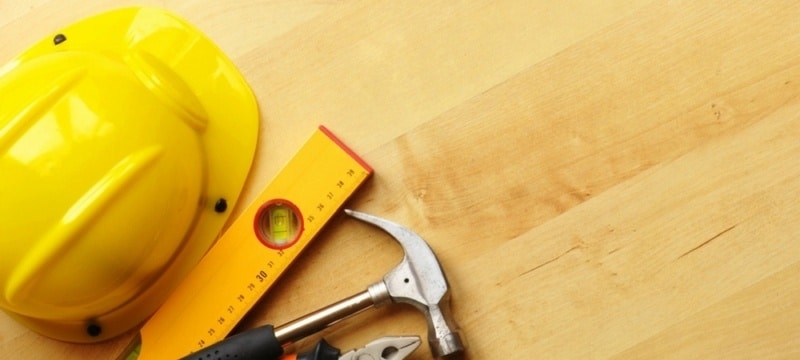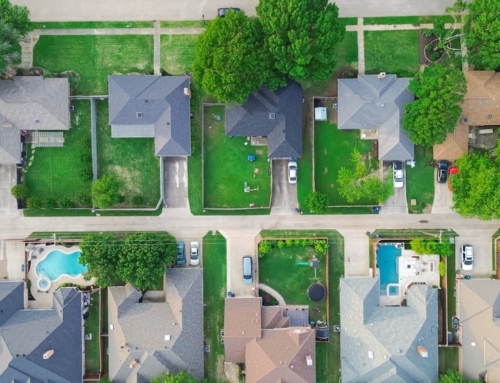It feels good to close on your first home. But once you’ve got everything moved in, you become a homeowner and that means lots of homeowner responsibilities and sometimes spending money on those responsibilities.
From the moment you move in—actually from the home inspection—you should consider how to maintain your home in order to avoid costly repairs later. As a first-time homeowner, you now have an investment to protect.
Start with the home inspection
“Your home inspection will tell you everything you need to know about the current state of your home,” says Danny Lipford, a remodeling contractor with 36 years of experience and the host of the TV show “Today’s Homeowner.”
Lipford recommends using the home inspection as a starting point. Some immediately important issues, such as plumbing and electrical problems, heating and cooling system repairs, or mold and pests, can be addressed by the seller before you close on the home.
After that, Lipford says, you can continue to use the home inspection as a guide to the life expectancy of your house’s features.
Knowing that you’re 20 years into a 30-year roof is important information for a new homeowner, and understanding that the toilets are 10 years old and may need to be replaced soon can help you prepare for what’s next.
When you move in
Lipford points out that a newly-built home is likely to experience some settling in the first few years. You might notice cracks in the drywall, which you’ll need to patch and paint over. You should also watch for more serious issues to emerge, such as major cracks in the foundation. Lipford says most builders offer a one-year home warranty that you can take advantage of if issues arise.
J.B. Sassano, the president of Mr. Handyman, a national home repair and maintenance company for commercial and residential property, with more than 200 locations across the country, says it’s a good idea to change the locks in a lived-in home and check for a secure kick plate, a metal protective sheet at the bottom of the door.
“This will allow you to sleep soundly at night and reduce the chance of a break-in,” he says.
Regular home maintenance
“A seemingly small problem can grow into a huge expense if you don’t properly maintain your home,” Lipford says.
When you first move into your home, inspect the deck, if you have one, and make sure that gutters are clear. Additionally, Lipford advises regularly changing the filter in the heating, ventilation and air conditioning system every two or three months. He also recommends having heating and cooling systems professionally serviced once a year.
Adopting a seasonal maintenance routine is important for a new homeowner. Sassano suggests preparing for winter by using the following checklist:
• Make sure pipes are properly insulated.
• Shut off valves to outdoor faucets.
• Force the air out of automatic sprinkler systems.
• Clear debris from gutters and downspouts to prevent ice dams.
• Check windows and doors for drafts, and install weather stripping as needed.
Once spring arrives, Sassano says, it’s time to check wood decks, window sills and trim for rot. “Power-wash your deck, patio, sidewalk and home exterior to prevent mildew growth,” he adds. “Decks need a coat of stain or sealant every other year as well.”
Getting into a seasonal routine and setting aside money for maintenance costs will help you enjoy your home for many years.
Miranda Marquit is a freelance journalist specializing in financial topics. Read more of her writing on Huffington Post, Wise Bread, AllBusiness, and at her website, Planting Money Seeds. Follow her on Twitter: @MMarquit






